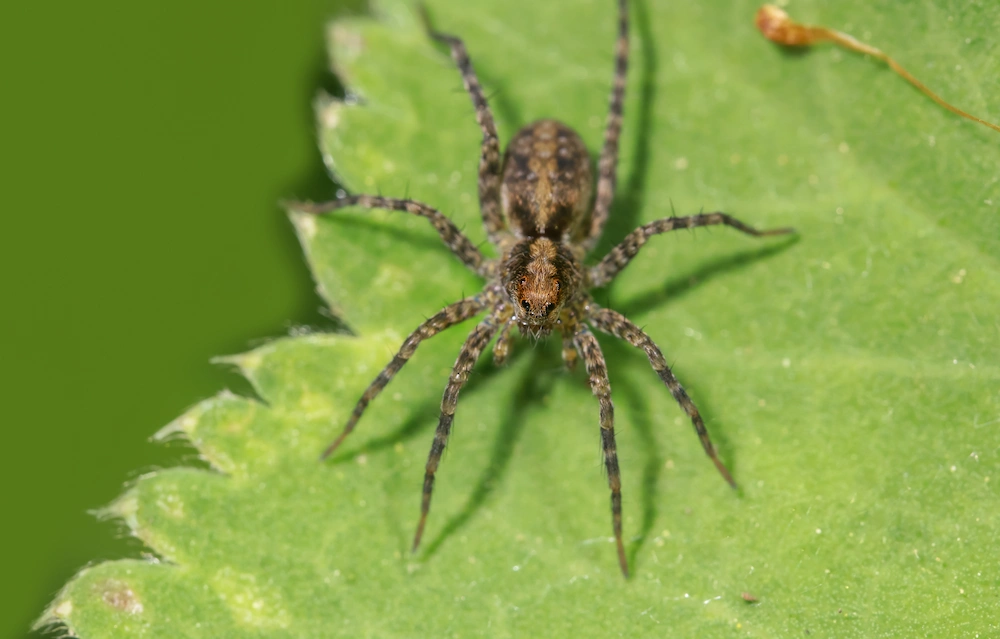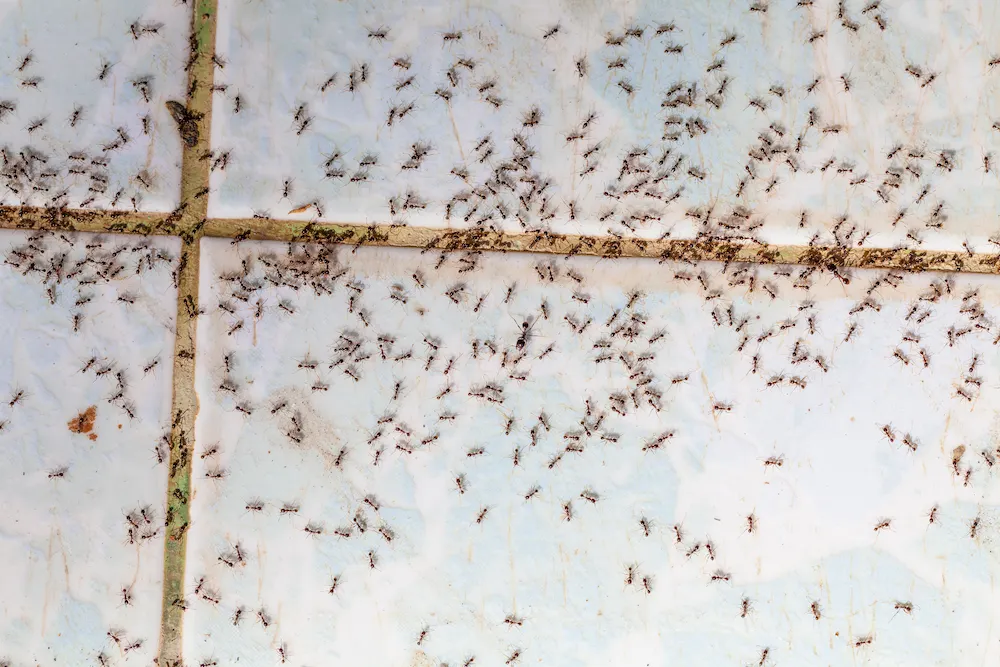Summary: Hobo spiders have dangerous reputations, but are they actually harmless spiders? This blog explores the lives of hobo spiders, from their habitats to their diets to their life cycles. It ends with a list of effective spider prevention tips. Pointe Pest Control provides thorough spider services in every season.
We’re just going to say it: every spider is creepy.
Between their erratic movements and their excessive legs and eyes, spiders are the epitome of creepy-crawlies. Everyone sees certain species as the worst of them all (ahem, wolf spiders), and hobo spiders often make that list. These arachnids are found all over the Pacific Northwest, especially during the warmer seasons.
Let’s find out if hobo spiders live up to their big reputations by discussing their habits and abilities.
The Itsy-Bitsy Basics
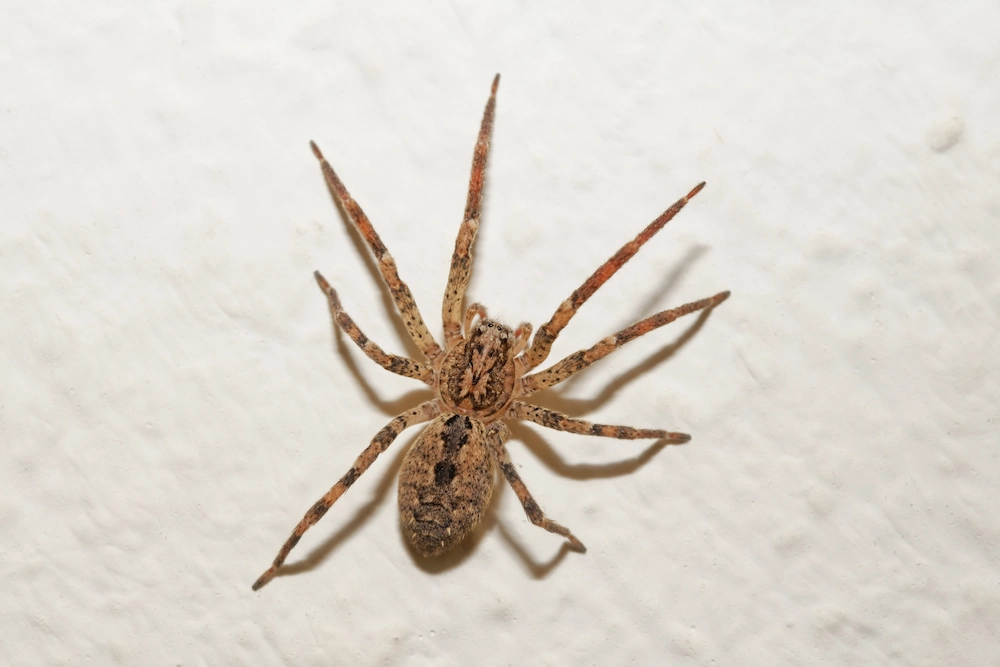
First and foremost, if you’ve never seen a hobo spider, lucky you! These arachnids aren’t the prettiest pests (no offense to them) and can be intimidating if they’re found in your home. It doesn’t help that hobo spiders are often mistaken for brown recluses since they look so similar.
It’s a good idea to know the hobo spider’s features in order to avoid confusing it with the dangerous brown recluse. Hobo spiders have:
- A length of 9/16 in. (males) to 5/8 in. (females)
- Brown coloring with a dark stripe down the middle
- A long abdomen
- Extended spinnerets
- Small hairs on their body and legs
- 8 eyes in 2 rows
- 6-8 teeth underneath their fangs on both sides
The clearest difference between male and female hobo spiders is their pedilaps. These appendages help spiders feel around and grip their prey for easy dining. Male hobo spiders have larger pedilaps than females — but you’d have to get a little closer to see them!
A Spider’s Life for Them
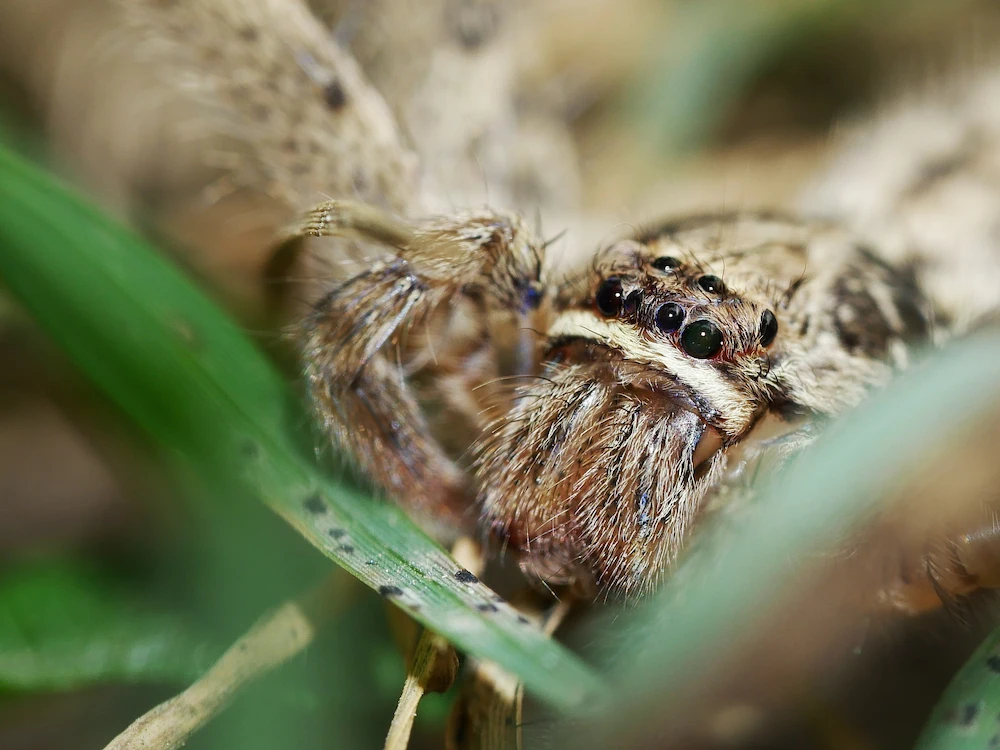
Hobo spiders are interesting creatures. They’re from Europe and are thought to have arrived here on industrial ships in the 1930s. This actually ties in with their name. Hobo spiders are named for their habit of hitching rides on objects and people (eek!). These spiders are introverted and would rather hide than bite us, but they’re also formidable predators.
Females lay their egg sacs outdoors in the fall, and the baby spiders emerge in the following spring. Hobo spiders like to live in pest-infested areas for maximum food access. That’s why you may see their egg sacs placed near established pest populations. Pests hate to see hobo spiders coming their way; these spiders can run up to 40 inches per second!
The Habitat & Food Situation
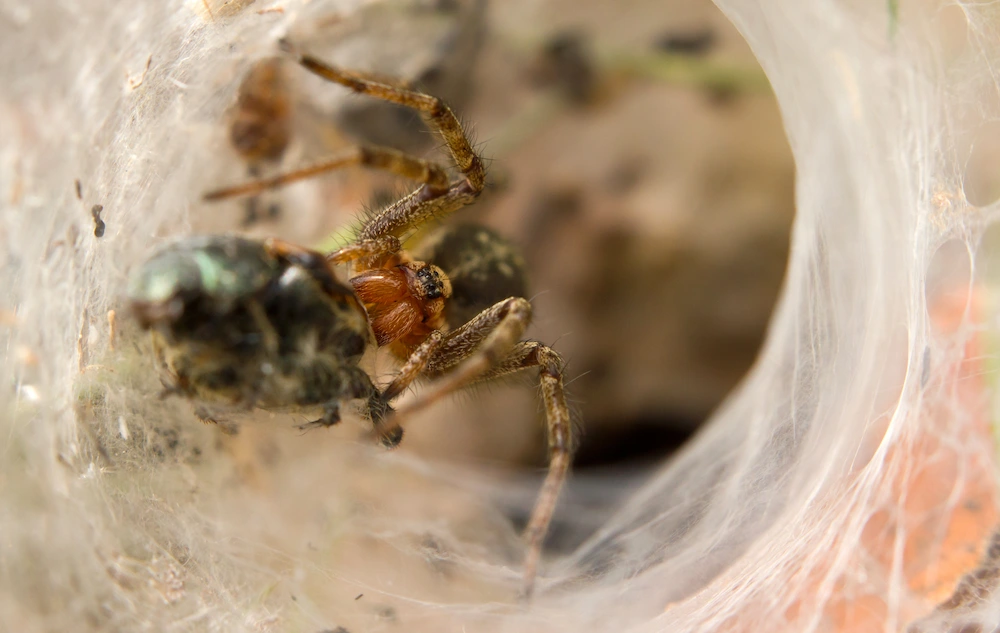
As we mentioned earlier, hobo spiders are mostly found in Northwestern states. They love dark and moist habitats. That’s why they hide under rocks, logs, wood piles, and clutter. They actually prefer to stay outside (it’s closer to their food), but they still like houses and buildings. If they have easy access and see food or mates indoors, hobo spiders will happily invade.
Hobo spiders do spin webs, but they’re much messier than the usual ones we see. They create a funnel web with an opening on both ends, one end connected to a hole or crevice for an easy escape. These dark spaces are also where females store their egg sacs. These sacs are filled with over a hundred eggs, so it’s concerning that they’re usually hidden from us.
As for food, hobo spiders aren’t very different from other spiders. They eat whatever pests they can grab and entrap in their messy webs. Since hobo spiders don’t really climb (more on this later), they are restricted to ground-level pests. Their favorites include houseflies, spiders, roaches, ants, beetles, and other small critters.
So…Are Hobo Spiders Dangerous?
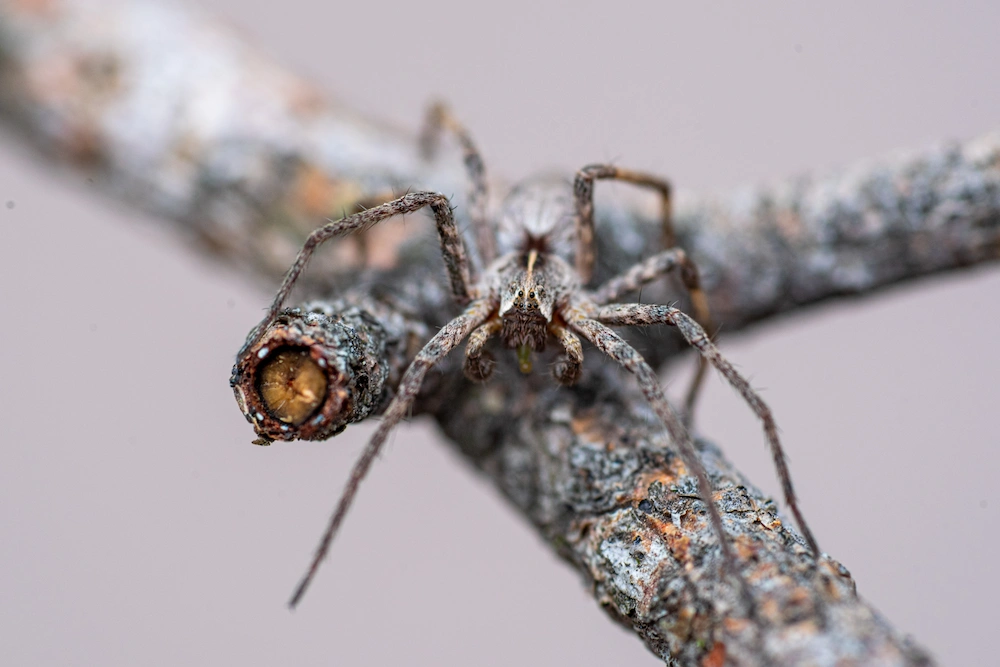
The danger level of hobo spiders is often debated. Are they harmless or lethal creatures? Should we worry about their bites, or pay them no mind?
Well, it may help to know that stories of crazy bites from these spiders are based in circumstantial evidence. In other words, most of their bites just hurt and turn red for a little bit. There’s no clear evidence of skin necrosis (skin tissue death) caused by their bites. But as with any bite, if you have severe symptoms, seek medical attention immediately.
Male hobo spiders bite people more often than female hobo spiders. That’s because males wander around in search of a mate, which leads them to human-populated areas. Unfortunately for them, hobo spiders can’t climb smooth surfaces. Their feet can only grip textured surfaces, like fabric. These pests get stuck in bathtubs all the time!
Long story short, it’s easy for us to smash hobo spiders since they’re usually on the ground. They don’t want to bite us, but they will if they’re handled. Honestly, the scariest part of these spiders is seeing them run over 2 miles an hour towards their targets!
How to Prevent Hobo Spiders
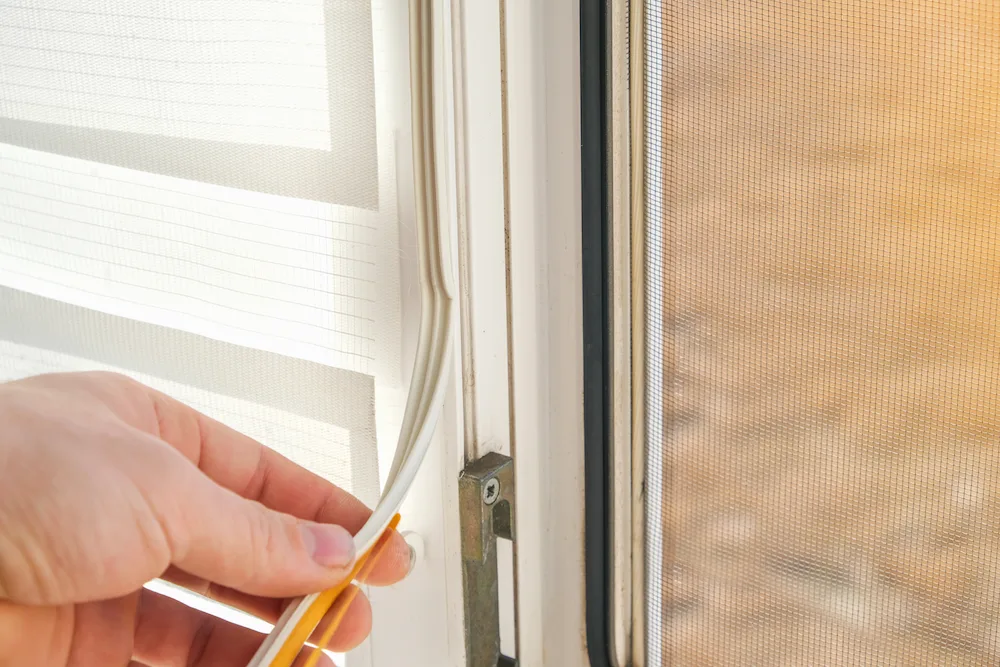
These tips technically apply to all spiders, so we recommend utilizing these even if you don’t see a lot of hobo spiders. It’s great that these arachnids help us out by eating bugs, but that doesn’t mean we want them in our homes!
Our best tips for preventing spiders are:
- Check Door & Window Screens: There’s nothing like opening up the house on a nice day, but make sure you aren’t letting pests inside! Check your window and door screens for rips and holes, and replace the mesh as needed.
- Eliminate Clutter: Hobo spiders love clutter since it provides a lot of hiding places. In your home’s storage areas — garage, attic, closets, etc. — try to store everything in a tidy manner to eliminate the clutter.
- Seal Gaps: Spiders take any entry points they can get, especially when it’s hot or cold outside. Check your house’s exterior for new cracks and gaps. Seal small openings with caulk, and fill larger gaps with steel wool before lining with caulk.
- Clean the Floors Often: You’ll not only get to enjoy clean floors, you’ll also ensure there aren’t hidden spiders in your home! Use your preferred method (vacuum, mop, sweep, etc.) to clear the floors at least once a week.
- Use Plastic Containers: Since cardboard boxes attract many pests (spiders, rodents, silverfish), we recommend using plastic containers with good lids to store your belongings. This also applies to food items kept in the kitchen pantry for a long time.
- Remove Webs: Spiders reuse old webs (how Earth-friendly!), so it’s a good idea to remove any spiderwebs and cobwebs you find. Use a broom or extendable duster to remove webs as needed, and keep an eye out for any displaced spiders.
- Fix Leaks: A leak in the house is the perfect water source for hobo spiders and other pests. Check the sinks, showers, and pipes for leaks on a regular basis. If you find a leak, either contact a plumber or repair it yourself as soon as possible.
- Inspect Weather Stripping: The weather stripping on windows and doors experiences a lot of wear and tear. Check the rubber stripping on each door and window, and replace any that are worn or cracked. Also, check your garage door’s seal and have it replaced if it’s loose.
- Solve Pest Problems: The easiest way to prevent spiders is to remove their food sources. If you have a pest problem of any kind, solving it will eliminate that attraction for nearby spiders. An efficient way to eliminate pests is to contact your local pest professionals.
Spiders, Meet Pointe Pest Control
Spiders aren’t the only pests we would prefer to keep out of our homes. Every invasive species brings different issues, including bacteria, structural damage, and health risks. You can eliminate all of these worries with Pointe Pest Control! Our licensed technicians provide targeted treatments and preventative measures to keep you pest-free in every season.
As we move into the warmer months, spider activity will continue to increase. They thrive in high temperatures since both spiders and insects are cold-blooded. When you have Pointe on your side, you don’t have to handle pest problems on your own. Contact us today for a free quote on our efficient services and enjoy a spider-free spring!
Citations
Hobo spiders. (n.d.). Pest World. Retrieved April 4, 2025, from https://www.pestworld.org/pest-guide/spiders/hobo-spiders/
Jordan, C. (2024, June 3). What to know about hobo spiders. WebMD. Available at https://www.webmd.com/a-to-z-guides/what-to-know-hobo-spiders (Accessed on April 4, 2025).
Richardson, K. & Davis, R. (2023, April). Hobo spider. Utah State University: Plant Health Extension. Available at https://extension.usu.edu/planthealth/research/hobo-spiders (Accessed on April 4, 2025).

